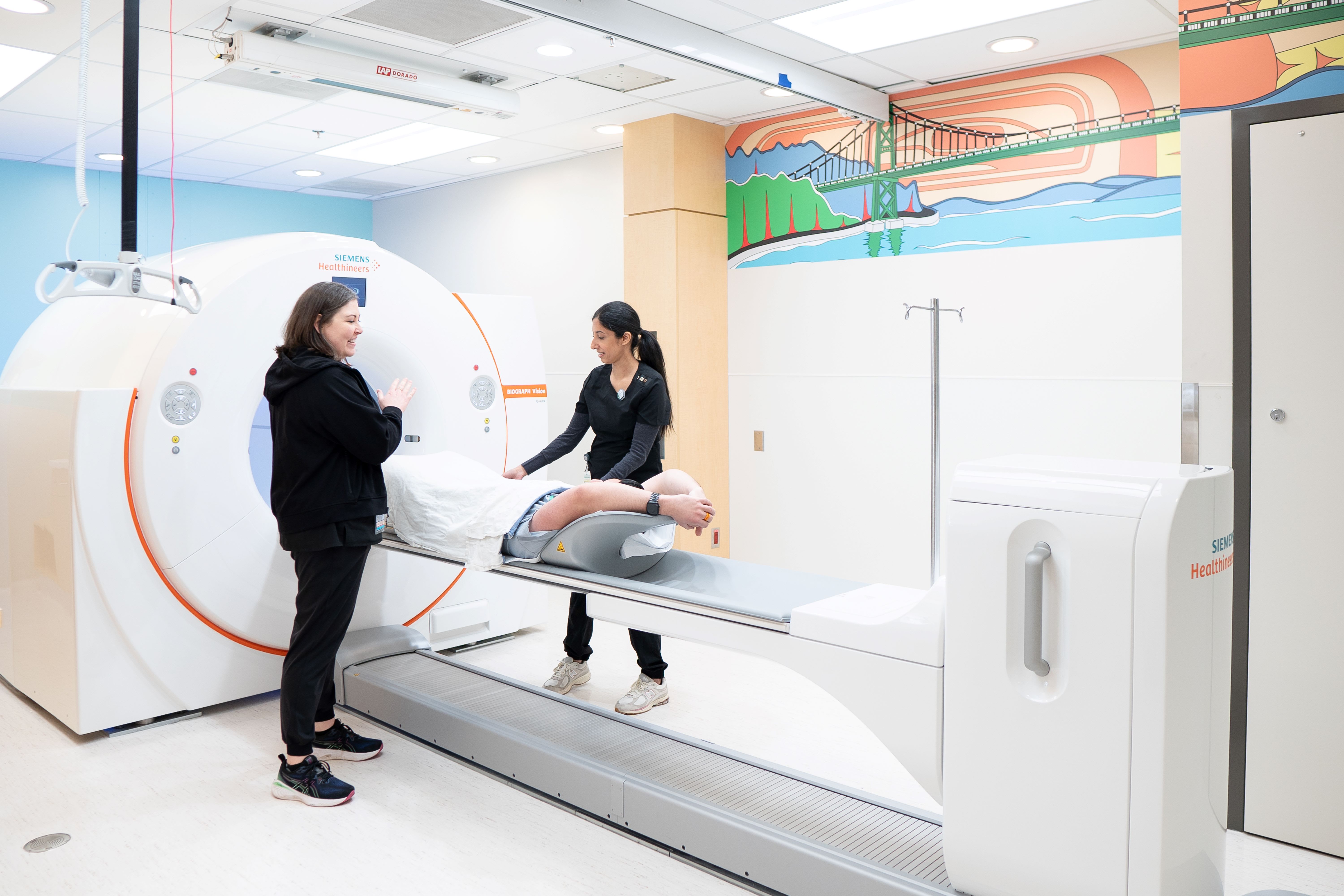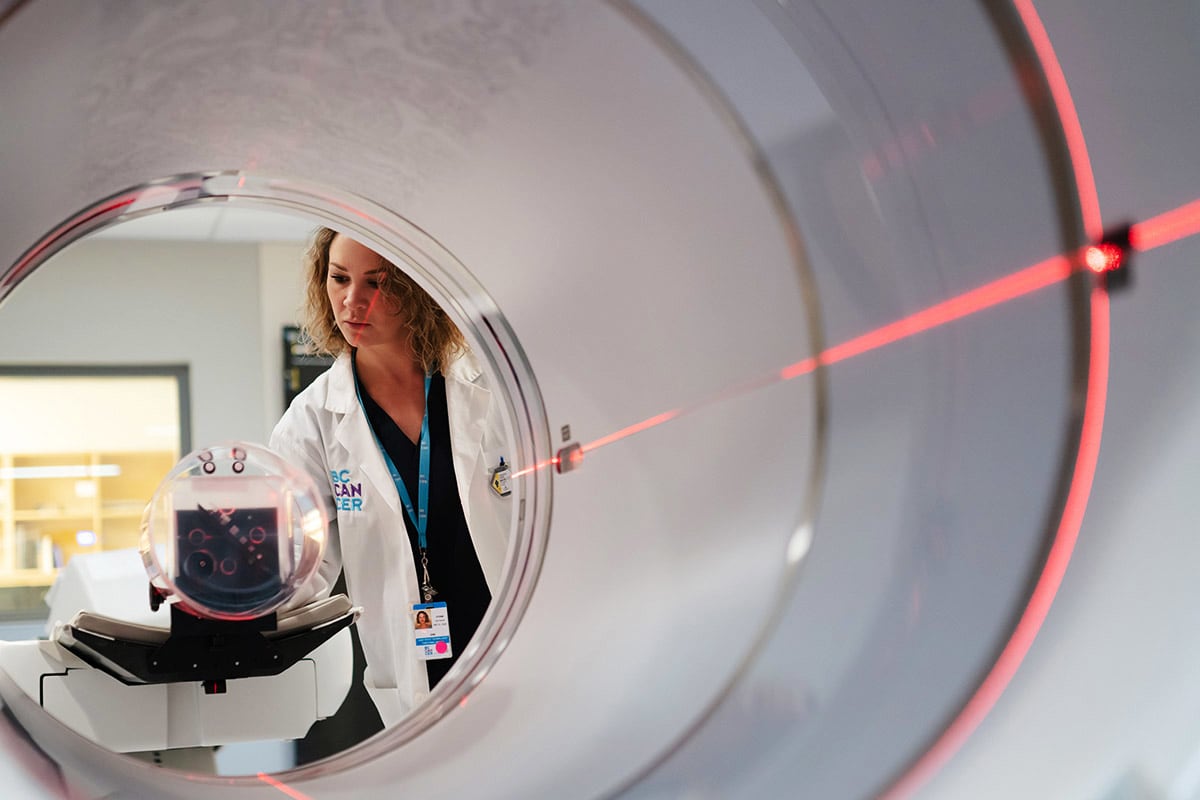Dr. Jonn Wu: The Impact of Research at the BC Cancer Agency
August 14, 2013
Found in Access, BC Cancer - Vancouver, Head & Neck Cancer, OaSIS
Since arriving at the BC Cancer Agency Vancouver Centre in 1999, my roles and responsibilities have gradually evolved in interesting and sometimes unexpected ways. My early years at the Agency predictably included lots of teaching with medical students, residents, and fellows visiting from all corners of the globe.
I also had the opportunity to supervise and mentor many of them in research projects, in collaboration with my partners in medical physics. These were exciting times as technology improved at such a pace that allowed us to target higher and more concentrated radiation doses to where we wanted them (i.e. to tumours), while limiting doses to critical parts of the body.
In some types of cancers, this has resulted in higher response rates, or fewer side effects. This was particularly important in parts of the body like the throat, where radiation treatments can result in many permanent and debilitating effects, including dry mouth, impaired taste, and difficulty swallowing. If we are able to reduce side effects while improving cure rates, we hope to improve our patient’s quality of life after treatments.
In more recent years, my research has expanded to include clinical research informatics and population based outcomes – this may not sound very exciting, but in fact it answers questions such as:
- how do we know that the treatments we offer to our patients actually work (cure rates)?
- have treatments or cure rates improved over time?
- what kinds of side effects do our patients experience?
By answering these types of questions, we can then look at ways of improving treatments and/or reducing side effects for our patients. The trouble is, it’s really difficult to keep track of all the different things that happen to our patients. Luckily, I met other doctors, including Drs. Cheryl Ho and Janessa Laskin, who were also keen to do this type of research. In 2008, we started to build brand new Outcomes Units for the Lung and Head & Neck Tumour Groups.
With lots of help from other people, especially from Population Oncology and Surveillance & Outcomes, we created a software platform to keep track of patients from diagnosis, through treatment, and what happens to them afterwards. We called this system the Outcomes and Surveillance Integration System (OaSIS) and one day, we hope other Tumour Groups can use it too.
Lastly, I was fortunate to be able to use my background in information technology to partner with colleagues from PHSA IMITS and the University of Victoria in a project where doctors helped design an iPad app to access our patients’ electronic chart, anywhere in the clinic. Now doctors can look up any report they need, wherever they need it or whenever a patients asks for it. My colleagues and I believe this improves the quality of our time spent with our patients, and having prompt access to important information can sometimes change what tests or treatments we request for our patients.
Today’s examples are only a small sample of the many interesting projects being done at the BC Cancer Agency. Because of our many partnerships and linkages to other clinicians and researchers, it is hard for me to predict what new and exciting projects I will be involved with in the next five to ten years.
Jonn


